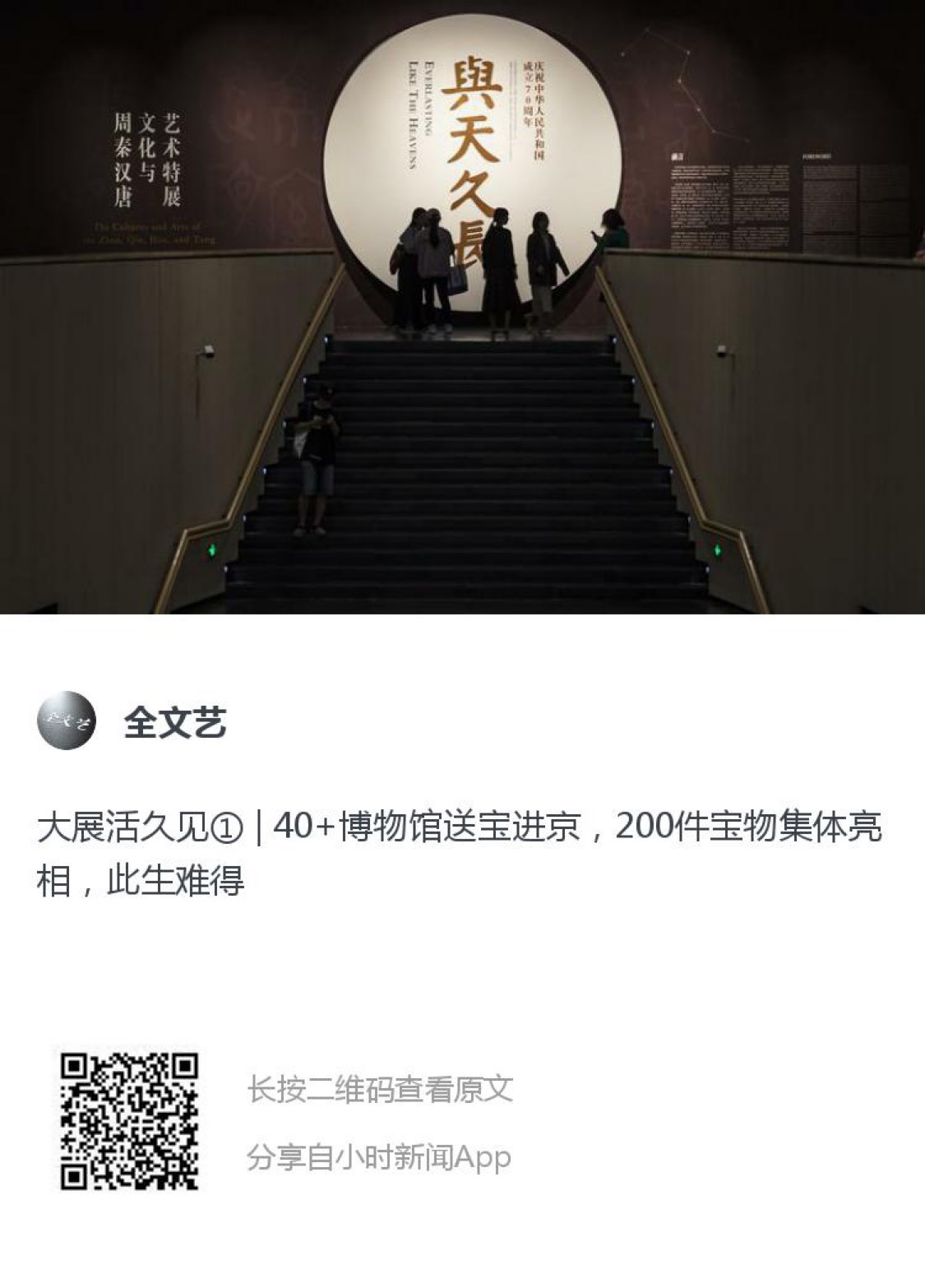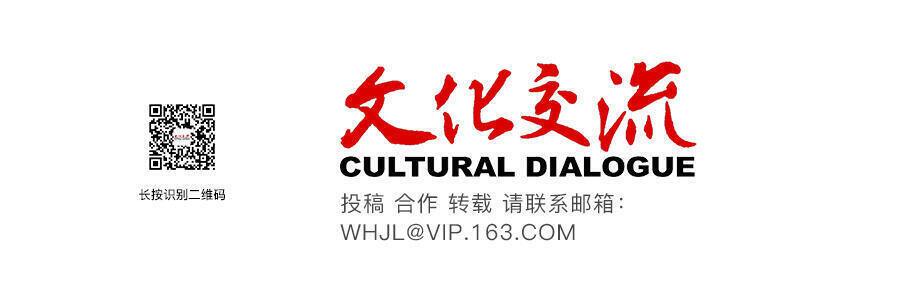所谓文物展,其实就是用古老的文物讲述久远的故事。可以说,今年的中国人都很有眼福,因为借新中国成立70周年的东风,全国各大博物馆都推出了主题新颖、制作精良、文物精美的大展。大家都把最好的家底亮了出来,其中不乏“一生必看”系列。
从甲骨文到唐代传世书画,从丝绸之路上的天山雪、汉时月到周秦汉唐四世文明,一件件凝聚先人智慧与劳动的文物遗存,展现的是一个文化发达、拥有无限创造力的中华文明。
说得再多,都不如和这些难得一见的文物面对面“聊聊”。建议大家抓紧年末最后的机会,去一睹那些稀世珍宝的芳容。
“与天久长—周秦汉唐文化与艺术特展”
时间:2019年9月10日至 2019年12月17日
地点:清华大学艺术博物馆
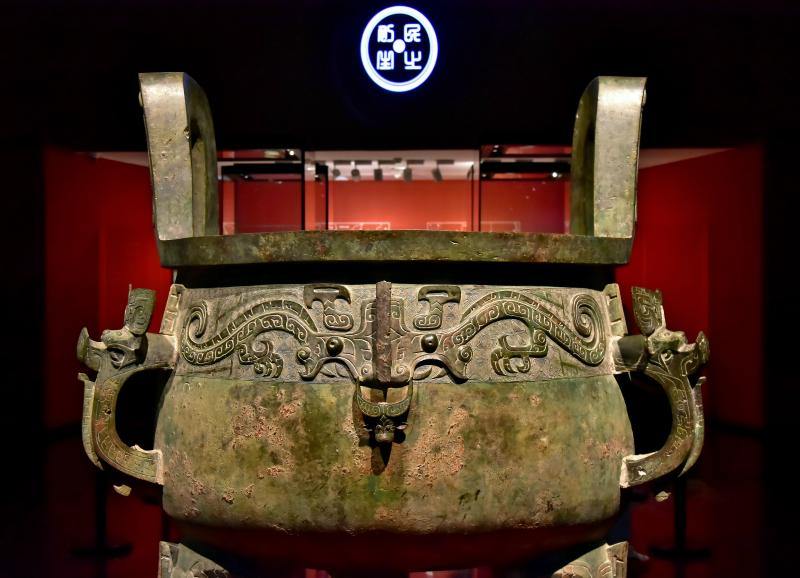
“与天久长——周秦汉唐文化与艺术”特展中的淳化大鼎(CFP供图)
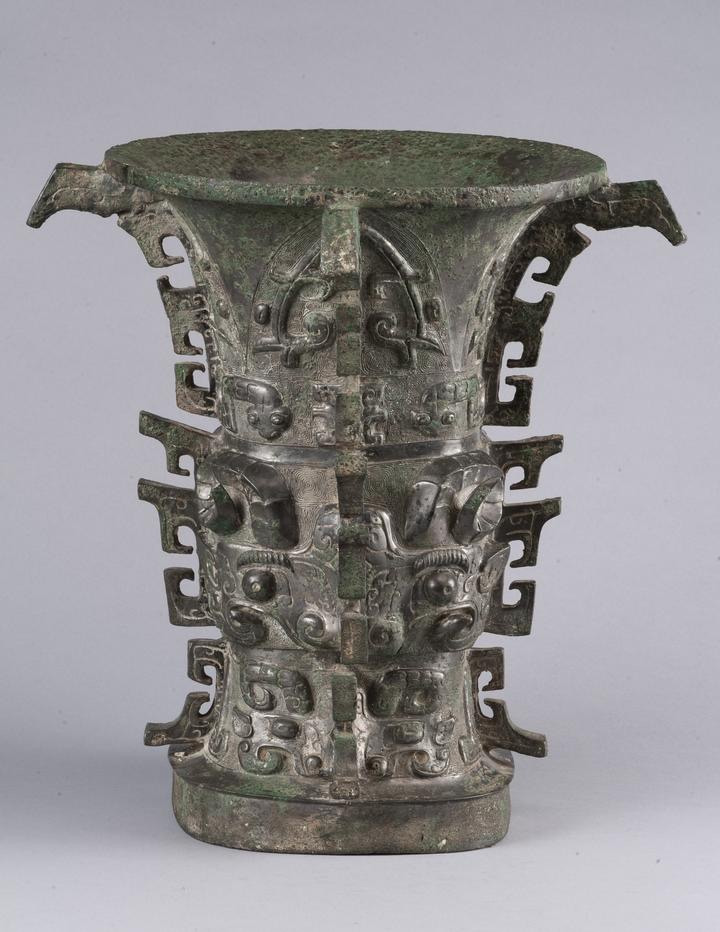
“与天久长——周秦汉唐文化与艺术特展”中的国宝何尊
“与天久长”,是汉代吉语,以此祝福国运昌隆、中华文明和中华优秀传统文化代代相传,汉唐盛世的精神和中华民族伟大复兴的精神薪火永续、与天久长,寓意丰富,深刻而美好。此次特展展期为99天,寓意“作九九之数以合天道”和“九九大运,与天终始”。
一个展览,阅尽周秦汉唐四世文明;一个展览,囊括关中文物大省精华。
整个特展共有315组展品,其中一级文物达189组,占到了60%以上。展品中淳化大鼎、何尊、墙盘、秦公镈、兵马俑、西汉鎏金竹节熏炉、鎏金铜走龙、梁带村文物、唐代法门寺珍宝、何家村窖藏等,都是大家耳熟能详的文物重器。此外,还有《胡人备马图》壁画,以及《玄秘塔碑》《大唐三藏圣教序碑》《多宝塔碑》《皇甫诞碑》《孔子庙堂碑》等名家杰作的拓片,是书画爱好者的心头好。
与普通文物不同,这些文物更是珍贵的艺术品。它们不仅是中华文明绵延数千年的实物证据,体现了古人的匠心巧思,更构筑了中国人独特的精神世界。展品类型多元,层次丰富,包含青铜、陶瓷、书画、造像等多个门类多种材质的器物,可以满足喜欢不同类型文物的观众的需要。
展览吸收了最新考古成果。除了早年出土的文物精品,芮国墓地出土文物、神木石峁遗址石雕等都是近年重大的考古新发现。
展览分为民之初生、创制垂法、秦国崛起、皇帝临位、天子居中、多元融汇、天衢盛世等7个部分,文物背后中国先民的思想、观念等内涵是展览隐藏的主线,文物承载的文化含量及其具有的艺术代表性是遴选文物时重要的标准之一。
值得注意的是,这个展览信息量很大。如果您想了解关键展品的独特意义和历史价值,建议做一些相关的功课。
“又见大唐”
时间:2019年10月7日至2020年1月5日
地点:辽宁省博物馆
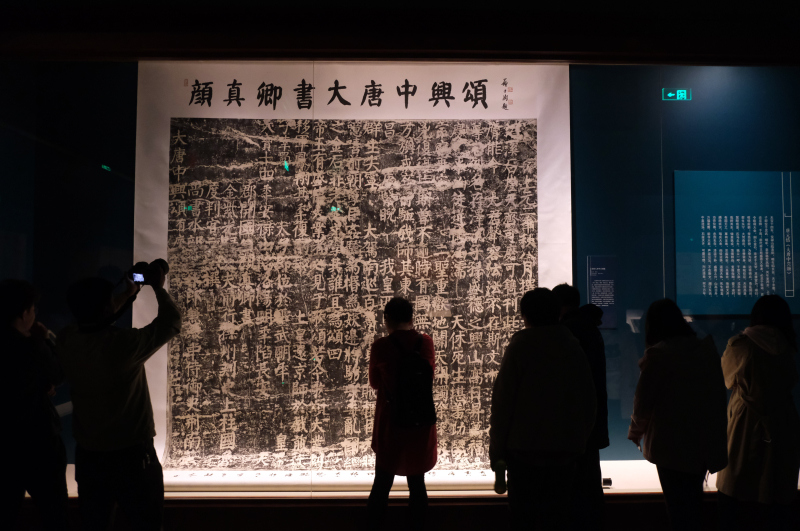
市民在观看“又见大唐”书画文物展(CFP供图)
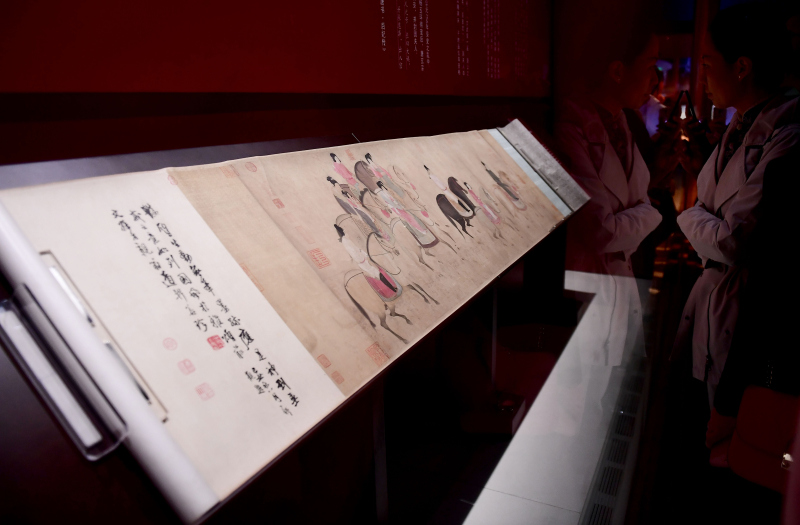
“又见大唐”展中的《虢国夫人游春图》( CFP 供图)
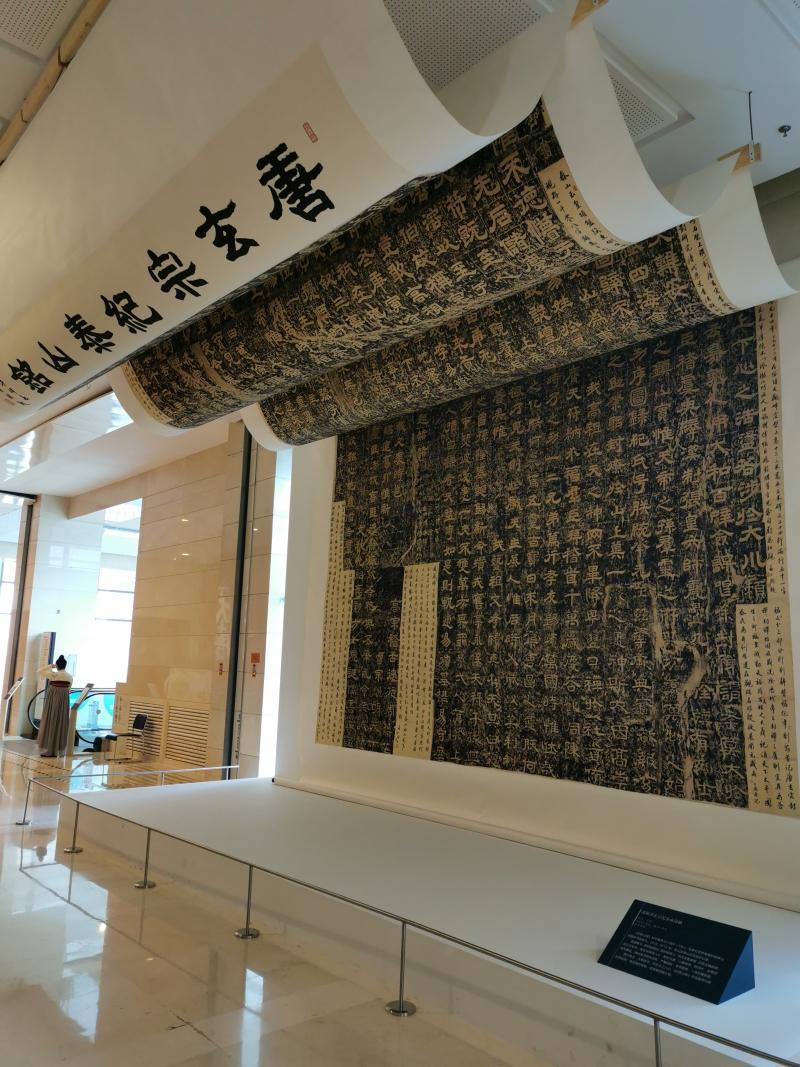
“又见大唐”中的拓片
《唐周昉簪花仕女图卷》《北宋摹张萱虢国夫人游春图卷》《宋摹阎立本萧翼赚兰亭图卷》《五代佚名摹唐韩幹神骏图卷》《南宋佚名明皇击毬图卷》《南宋女孝经图卷》《唐摹王羲之一门书翰卷(万岁通天帖)》《唐欧阳询仲尼梦奠帖卷》《唐怀素论书帖卷》《唐张旭草书古诗四帖卷》《宋高宗赵构行书白居易诗卷》《宋张即之书杜甫诗卷》、《初拓唐王居士砖塔铭》等——这些名字连在一起,足以构成半部中国古代书画史。
为了庆祝新中国建立70周年,古代书画收藏重镇辽宁省博物馆,首次将馆藏唐代书画倾囊而出,同时商借国内其他知名博物馆藏品,用100件与唐代有关的绘画、书法以及出土文物,为观众奉上名为“又见大唐”的展览盛宴。
此次特展,辽宁省博物馆展出38件一级文物,比例之高,在书画展中可谓空前。通过“盛世画卷”和“浩荡书风”两大部分,力求全面展现唐代政治、经济、文化和艺术的繁荣昌盛,以及民族融合及丝绸之路带来的中西方文化交流。这是世界范围内首次以传世书画为主体来呈现唐代历史面貌。
唐代传世书法绘画寥寥无几,平常很难一睹芳容。特展中有国宝数件,许多重量级的藏品,上一次公开露面已是10年前。今夕一见,下次再见不知是何年。
提一句,如果你到辽宁省博物馆去参观“又见大唐”的展览,还可以多留出一两个小时的时间,顺道去看看同期正在举行的“又见红山”展览。
该展集中展示了红山文化发掘以来多个遗址点的重大发现。质量上乘、规模空前的红山文化遗物,特别是玉器的集中展示,国内首见。展览第一次集中了辽宁、内蒙古地区考古发掘出土的红山文化玉器精品,并辅以从南方的凌家滩文化、中原腹地河南三门峡市虢国墓地,到北方的黑龙江小南山等相关文化遗址及墓地出土的红山文化风格玉器,可谓南北红山文化玉器的荟萃,更是国宝级玉器精品的一次集中展现。
代表中华文化的典型器物玉猪龙,就在展览最显眼的位置,你一定要记得找到它们,合个影。
“证古泽今——甲骨文文化展”
时间:10月22日至12月22日
地点:中国国家博物馆

“证古泽今——甲骨文文化展”展厅一角
甲骨文是我国迄今可见最早成体系的文字。在已知的四大古文字体系中,甲骨文是唯一延续至今,经历了篆、隶、楷、行、草等不同书体形式的变化,保留了以“六书”为特征的文字结构,并成为今天世界上五分之一人口仍在使用的文字。中国字是中国文化传承的标志。甲骨文对中国人的价值认同、思维方式、审美观念产生了极其重要的影响。甲骨文不仅仅是文明的符号、文化的标志,还印证了包括《史记》在内的一系列文献的真实,把有文字记载的中华文明史向前推进了近五个世纪。自1899年甲骨文被发现以来,关于它的研究成为一门世界性学科,是全人类共同的精神财富。
在纪念甲骨文发现120周年之际,中国国家博物馆依托馆藏甲骨首次举办“证古泽今——纪念甲骨文发现一百二十周年文化展”。
展览通过“契文重光”“契文释史”“契于甲骨”三个单元,近190件甲骨、青铜、玉石等展品,讲述了甲骨被发现与发掘的历史,展示了甲骨文背后的商周文明,致敬甲骨学者们的卓越成就。展览以甲骨文及其反映的商代社会为主题,分为商王世系、祭祀与信仰、战争与军队、贵族与职官、畜牧与田猎、天象与农业、疾病与生育、地理与方国、西周甲骨等9个主题,对上古时期天文历法、政治军事、社会家庭、礼制风俗、科学技术等各方面进行探讨。
由于中华文字的延续性,即使没有接受过任何古文字的学习和训练,相信你也能在甲骨文中认出几个字来;加上展厅中随处可见的视频和文字图片,都在为甲骨文做注解,完全不必担心看不懂展览。
“我能生男孩还是女孩?”“今天出去打猎能不能大丰收?”“他是我的真命天子吗?”——甲骨文里就是商周先祖的日常。商周王公贵族遇事习惯占卜吉凶,先在龟甲或兽骨上钻孔,占卜时,先由占卜者把要问的事情祷告一番,然后用火烧灼甲骨背面钻凿的孔,于是甲骨的正面爆裂出纵横的裂纹,占卜师根据裂纹推断吉凶。
目前已见甲骨有16万片左右,这次展览就是对它们的深度解读,也是国博馆藏甲骨的第一次大规模展示,同时还商借了国内多家重要学术机构收藏的甲骨文物。
“千山共色——丝绸之路文明特展”
时间:2019年11月1日至2020年2月28日
地点:北京大学赛克勒考古与艺术博物馆
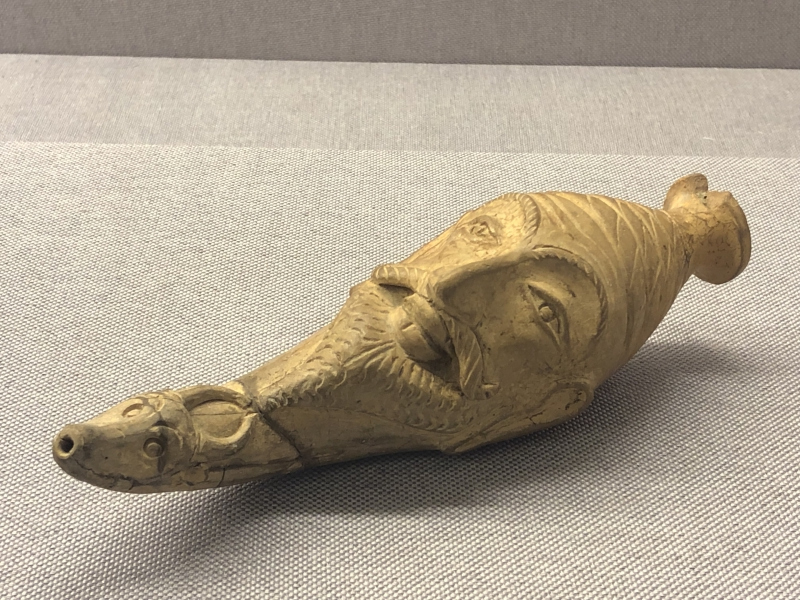
“千山共色——丝绸之路文明特展”中的唐代人首牛头陶水注
丝绸之路,是人类历史上空间跨度最大、延续时间最长的文化线路,是一条东西方交流、对话、融合之路。地处亚欧大陆腹心的新疆地区,凭借其得天独厚的条件,成为丝绸之路的桥梁和纽带。特殊的区位使新疆成为中华文明形成和发展过程中极为关键的环节,中华文明则为新疆在丝绸之路上的枢纽地位提供了强有力的支撑。
“千山共色——丝绸之路文明特展”通过70件(组)珍贵文物,分3个章节,生动讲述了新疆与丝绸之路历史进程。
第一章节从4万年前人类足迹出现在新疆开始谈起。青铜时代至铁器时代早期,新疆与河西、中原地区和亚欧草原有着广泛的联系,在冶金、作物种植、动物驯养等技术的传播中起了关键作用。这一部分的代表文物是公元前1500年小河墓地11号墓主人——小河公主,她带着船棺和满身饰物,挟着大漠的千年黄沙远途而来。
第二章节定位于春秋战国时期,讲述新疆草原地带的游牧部族、沙漠绿洲的城邦逐步演变为汉代“西域三十六国”的历程。这一时期的代表文物是那位红铜浇筑的战国武士。这位铜人头顶所戴近似尖帽,学术界大多认为表现的是古希腊史家希罗多德《历史》中记载的塞人(Saka)一支的“尖顶塞人”,因此,这件铜武士像应该是希腊化时代影响下的产物,是中国和希腊化世界存在文化交流的物证。
第三章节介绍汉代新疆正式纳入中国版图后,历代中央政府在西域建置军政机构,行使国家管理,对新疆社会、经济、文化各方面产生了深远影响。这一部分展品数量众多,有多件典型文物。例如,汉晋时期被称为“营盘男子”的西域城邦贵族,穿着精美服饰,至今色泽鲜艳,纹样体现出古希腊、波斯两种文化的互相融合,靴子上有迄今所见最早的贴金丝织物。《三国志》写本残卷,是现存最早的《三国志》实物,当年成书后短短20年内就传入新疆,可见当时中原文化在新疆地区传播速度之快、影响之深。到了唐代,吐鲁番墓葬出土的托盏仕女屏风画反映了当时新疆社会生活、居家布局都深受中原文化影响。粟特文摩尼教写卷和地藏菩萨幡画,则展现了当时居民丰富的宗教信仰。
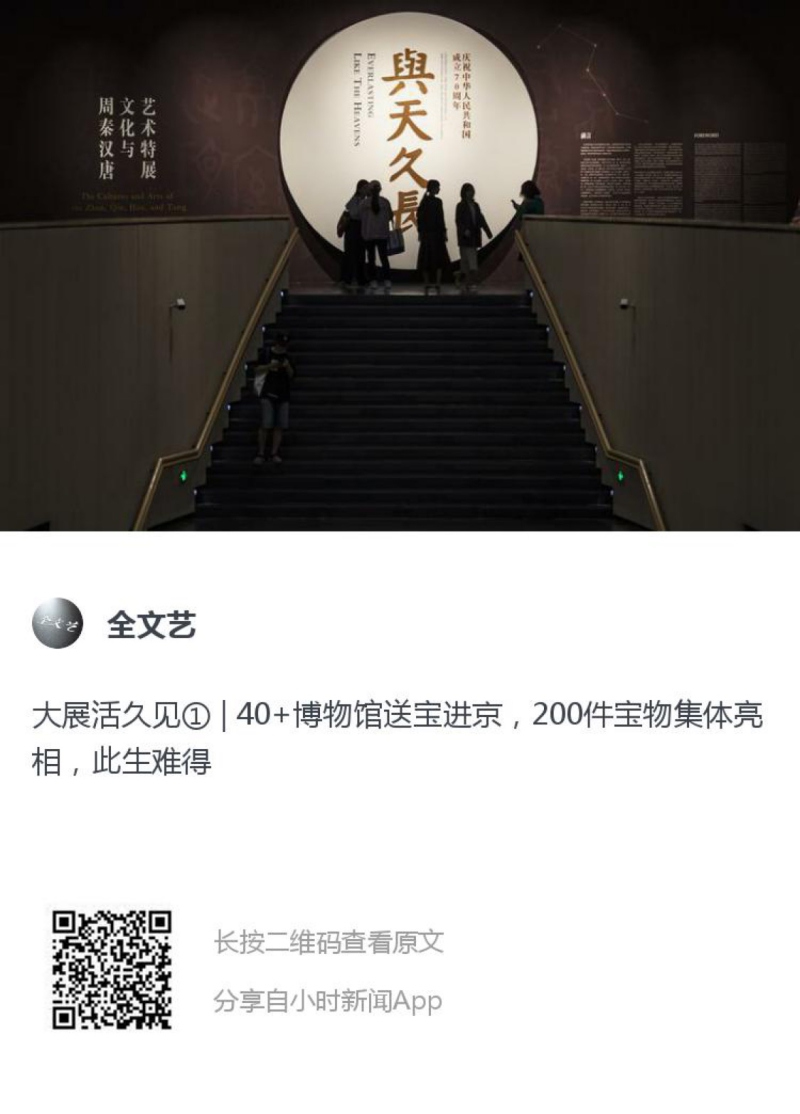
扫二维码,进入小时新闻App“大展”专题,看更多展品的芳华
In celebration of the 70th anniversary of the founding of the People’s Republic of China in 2019, some museums across the country have held exhibitions at which some most important cultural relics are on display. Some of these exhibitions will go on until early next year.
Written Language on Oracle Bones and Shells
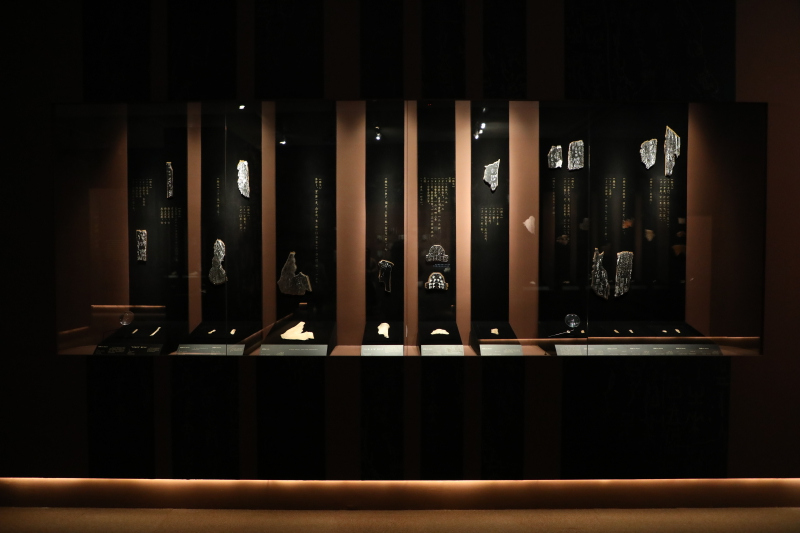
It is an exhibition going on at the National Museum of China in Beijing. It started on October 22 and will end on December 22, 2019. All the exhibits are from the collection of the National Museum of China. This is the first oracle bone language exhibition ever held at the National Museum.
The inscriptions on bones and shells of the Shang Dynasty (c. 1600-1046BC) add up to China’s most ancient written language. The hieroglyph used in ancient Egypt, the cuneiform the wedge-shaped characters used in the ancient writing systems of Mesopotamia, Persia, and Ugarit, and the Mayan language used by the people of Maya are all dead, but the written Chinese language is very much alive. The written language on bones and shells has evolved and seen various changes in script styles. Today it is used by people who account for one fifth of the world’s population. Since its rediscovery in 1899 by a scholar in Beijing, the study of the written language on bones and shells is considered an academic discipline and constitutes a spiritual wealth shared by the mankind. So far, about 160,000 bones and shells have been unearthed and collected. There are about 4,300 individual characters on these bones. About 2,000 have been recognized. The rest are yet to be deciphered.
The year 2019 marked the 120th anniversary of the finding of the oracle bone script. On display are about 190 exhibits. The shells and bones account for a majority of the exhibits. Other pieces are bronze, pottery and jade which carry some inscriptions.
Inscriptions on bones and shells were largely used in the Shang and the Zhou (c. 1046-256BC). Modern scholars have deciphered some inscriptions on them. The inscriptions on display document the kings and their descendents, about sacrificial ceremonies and religion, wars and military affairs, nobles and officials, husbandry and hunting, weather and agriculture, diseases and births, geography and unions of city states.
Fusion of Colors: Special Exhibition on the Civilization of the Silk Road
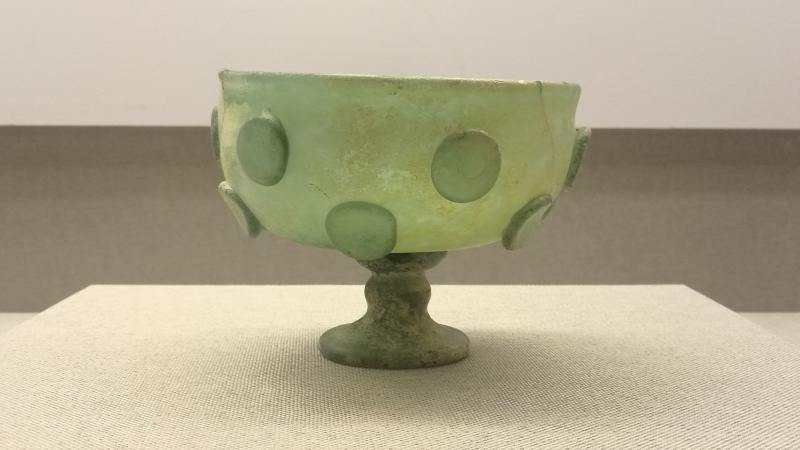
The exhibition, from November 1, 2019 through February 28, 2020, is held at Arthur M. Sackler Museum of Art and Archaeology at Peking University. With a focus on Xinjiang and the changes that have shaped China’s northwest, the exhibition relates a story in three sections. The first chapter traces back to about 40,000 years ago when people appeared in Xinjiang as testified by archaeological finds. The region in ancient times had wide connections with the west and the east and played a key role in the dissemination of technologies such as metallurgy, agriculture, animal husbandry. The second part of the exhibition features the nomadic tribes and city states in the territory during the Spring and Autumn (770-476BC) period and the Warring States (475-221BC) period gradually evolved into “36 states of the western territory” during the Western Han (202BC-8AD). The third section relates how the central government set up military and administrative authorities in Xinjiang after the region officially became part of China during the Western Han.
Meet the Tang Dynasty Again

Liaoning Museum launched the exhibition on October 7, 2019 and it will last until January 5, 2020.
One of the most important museums in China, Liaoning Museum has a large collection of ancient artworks. It is said that these artworks can tell half a story of the art history of the ancient China.
Liaoning Museum has never held such an exhibition to let the public see the ancient originals in its collection. On display are about 100 Tang-related artworks of painting and calligraphy and unearthed objects, including some loaned from other museums. Thirty-eight exhibits are first-class national cultural relics. Some of the calligraphic works on display made public appearance about 10 years ago. And it is hard to say how many years will elapse before the public has another opportunity to glimpse them again.
Everlasting like the Heavens
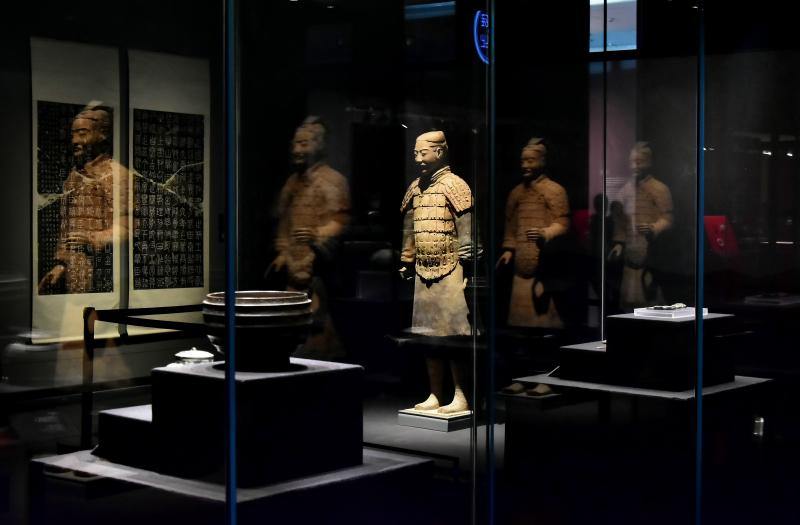

It is an exhibition portraying the cultures and arts of the Zhou, Qin, Han and Tang, which are important Chinese dynasties that lasted from about the 11th century BC to the 10th century AD. The exhibition set up by Tsinghua University Art Museum lasts from September 10 to December 17, 2019.
It is an important exhibition showcasing the best of the cultural relics in Shaanxi Province. Almost all the important museums in Shaanxi contribute. Altogether, there are 315 pieces and sets of exhibits. Sixty percent of them are first-class national cultural relics. The exhibits vividly explain what happened during the 2,000 years: the primitive life, the institutionalization, the rise of the Qin and the country’s first emperor, the imperial system, unity of diversity, and prosperity. The cultural relics tell a story about the ancient Chinese ideology and philosophy, and culture and art.
